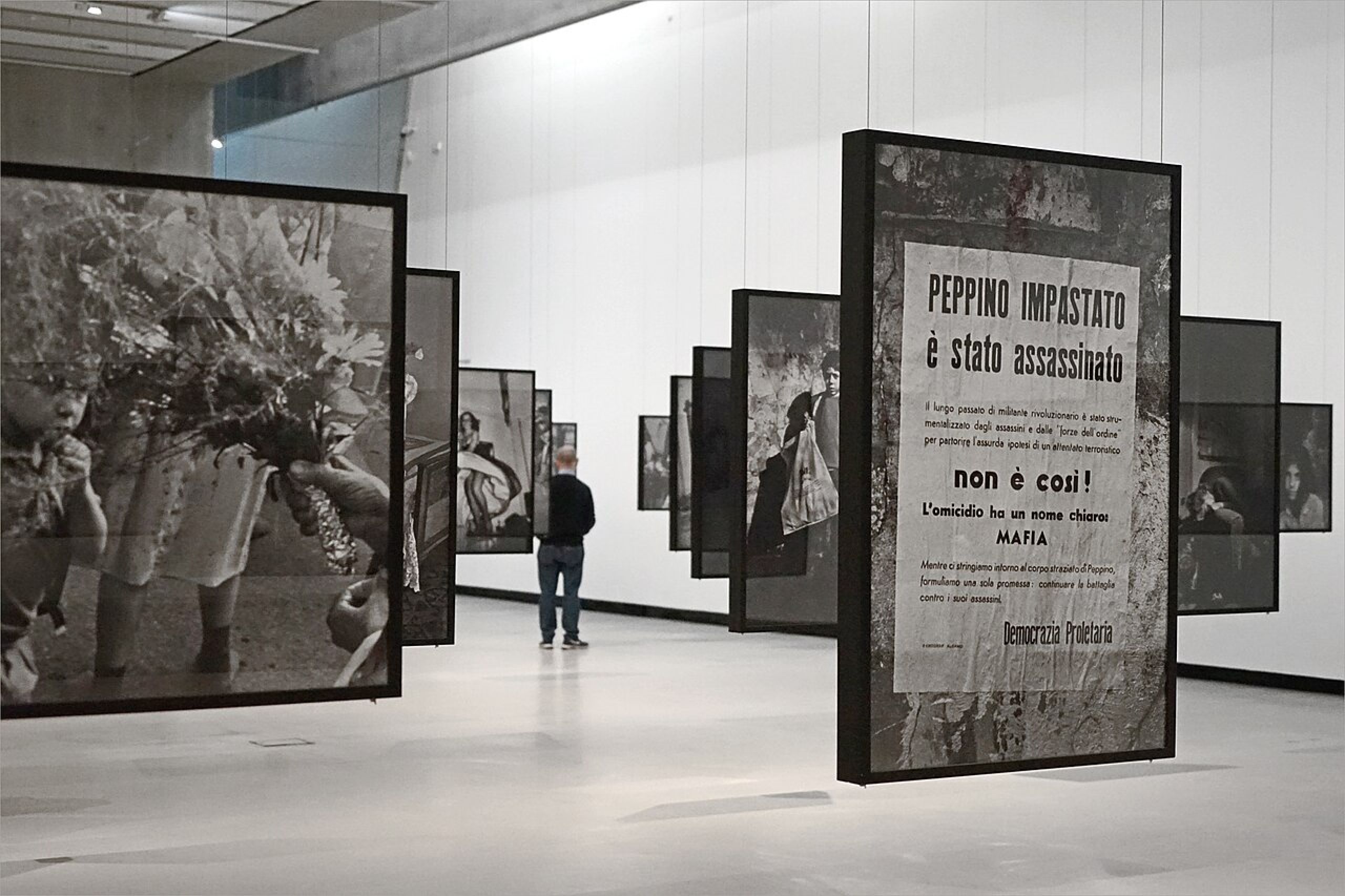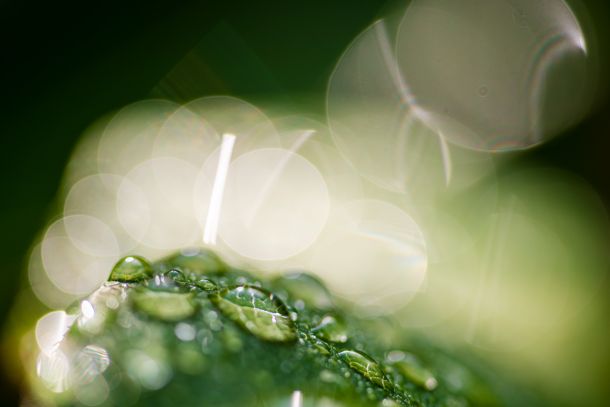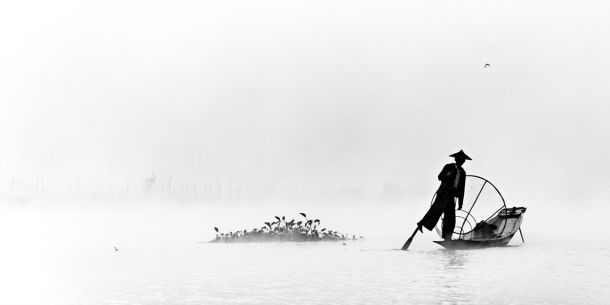Letizia Battaglia: Therapeutic Art and the Mafia

Photo: Jean-Pierre Dalbéra CC
How can violence be transformed into therapeutic art? Letizia Battaglia, a committed Italian photographer, captured the soul of a Sicily wounded by the mafia, combining activism with creativity. Through her striking images of Palermo and dignified portraits of Cosa Nostra victims, she unveils a collective memory charged with emotion. Discover how her work, between black and white and resilience, redefines photography as a tool for social and artistic healing.
Summary
- Letizia Battaglia’s Committed Journey: Bearing Witness Through Images
- Photography as a Therapeutic Revelation in the Face of Violence
- A Woman’s Perspective on Mafia Violence
- Global Recognition and Lasting Impact of Her Work
Letizia Battaglia’s Committed Journey: Bearing Witness Through Images
The Rise of a Photographer in the Sicily of the Lead Years
Letizia Battaglia began photography at the age of 37. She started as a freelancer for the newspaper L’Ora in 1969 after leaving a stifling marriage. Her eye sharpened in a Sicily shaken by the rise of the mafia.
The 1970s in Sicily were marked by clashes between mafia clans and law enforcement. Battaglia captured the horror of Cosa Nostra wars. Her images of mutilated bodies in Palermo unveiled a harsh reality. She became a key witness to a bloody era.
The Archivio Letizia Battaglia: Documenting Sicilian Reality
The Archivio Letizia Battaglia, founded in 2021, preserves a unique body of work on Sicily. More than 600,000 images document life and death on the island.
| Category | Description | Value / Information |
|---|---|---|
| Photographs Taken | Estimated total number of images | Between 500,000 and 600,000 |
| Mafia Documentation | Photos of people killed by the mafia | Over 1,000 in a single year in Palermo |
| Career Period | Length of photographic career | 1972–2022 (50 years) |
| Artistic Collaboration | Main partner at L’Ora | Franco Zecchin (1972–1990) |
| Photographic Themes | Main subjects documented | Cosa Nostra, mafia crimes, everyday Sicilian life |
| Visual Style | Dominant technical choice | Exclusive black and white |
| Artistic Recognition | Major awards and distinctions | W. Eugene Smith Award (1985), Erich Salomon Award, Cornell Capa Award |
| Institutional Presence | Notable international exhibitions | Jeu de Paume in Tours, Château de Tours, Rencontres d’Arles (2025) |
| Photographic Heritage | Archivio Letizia Battaglia | Preserved in Palermo |
The collaboration between Letizia Battaglia and Franco Zecchin began in 1975 in Palermo. Together, they documented everyday life and mafia violence. Their work for L’Ora captured weddings, religious festivals, and murder scenes. Zecchin, later associated with Magnum, immortalized moments shared with Battaglia between 1970 and 1990.
Black and White as a Language of Truth
Battaglia favored black and white to capture the essence of her subjects. This choice stripped away the distractions of color. The contrasts between shadow and light heightened the intensity of the scenes.
- Mafia presence in the streets of Palermo
- Deep shadow-light contrast
- Tight framing on human emotion
- Depth in portraits of victims and their relatives
- Stripped-down aesthetic in crime scenes
Battaglia’s photographs reveal the raw essence of each moment. She captured dignity in suffering. Her portraits of widows or young girls reflect a search for humanity. Each image tells a personal and collective story, bearing witness without voyeurism or embellishment.
Photography as a Therapeutic Revelation in the Face of Violence
Political Commitment in the Service of Collective Memory
Elected as an environmentalist in Palermo, Letizia Battaglia defended women’s rights and fought against the mafia. Her political role strengthened her commitment to preserving collective memory.
Photography as Personal Catharsis
Photography helped Letizia Battaglia cope with mafia horrors. Her engagement became personal catharsis, preserving her mental balance by capturing harsh reality.
Her photos forced Sicily to confront its painful past. Exhibitions became spaces of collective visual therapy—like those at Jeu de Paume in Tours or the Château de Tours. Images of Giovanni Falcone, Rosaria Schifani, and Antonio Montinaro humanized history. Over 500,000 photographs bear this testimony.
A Woman’s Perspective on Mafia Violence
The Woman Behind the Lens: A Unique Viewpoint
Letizia Battaglia stood out with her feminine approach to documenting the mafia. As the first female photographer at L’Ora, she paid special attention to the emotions and dignity of the victims, offering a stark contrast to her male counterparts.
Capturing the Suffering of Women and Families
The portrait of Rosaria Schifani at Judge Falcone’s funeral embodies female resistance. Battaglia captured widows’ and mothers’ faces, exposing the human toll of mafia violence beyond statistics.
She immortalized Rosaria Schifani at age 22, widow of a bodyguard killed with Falcone. That image became a symbol of public grief and resistance, capturing a moment suspended between despair and resilience.
Between Exposure and Protection: Photographing Without Dehumanizing
Battaglia maintained a strict ethical line. She avoided photographing children exposed to violence. Black and white served to protect victims’ dignity and avoid sensationalism in documenting death.
She used the absence of color to add a “necessary elegance” to tragic scenes. Her photos were sometimes displayed in public streets to confront citizens with mafia reality—without stripping her subjects of their humanity.
The Young Girls of Palermo: Another Side of Her Work
Her portraits of young girls in Palermo contrast with her darker images. Battaglia captured innocence in a violent context, creating a counterpoint to her mafia-focused photography.
This series represents a search for light amidst darkness. One iconic image shows three girls in front of a Lamborghini—symbolizing hope in a context of poverty. These photos would help preserve the photographer’s mental balance.
Global Recognition and Lasting Impact of Her Work
From International Exhibitions to Artistic Recognition
Letizia Battaglia’s work earned international recognition. Her exhibition at Jeu de Paume in Tours presented 200 iconic prints. The Rencontres d’Arles in 2025 will feature a selection of 100 photographs.
Walter Guadagnini, curator of the Château de Tours exhibition, emphasized Battaglia’s artistic commitment. He highlighted how her images of Palermo transcend photojournalism to become works of art. Her mafia photos left a lasting mark on contemporary photography.
Critical Reception from Walter Guadagnini and Other Experts
International critics saw Battaglia’s work as a blend of documentary truth and artistic therapy. Walter Guadagnini praised her humanist approach. Black and white became a universal language of collective memory.
Italian intellectual Laura Betti linked her work to a tradition of activist art. Critic Vittorio Sgarbi noted how her Palermo street shots revealed deep social truths. Gian Enzo Pagliarino’s texts confirmed her place in European photographic history.
Battaglia’s Legacy in Contemporary Art
Contemporary artists integrate her photographic legacy into their projects. The Sicilian photographer inspired documentaries like the one by Gianfranco Pecchinenda. Her work resonates in the social projects of young Italian photographers.
- Documenting mafia crimes in Sicily during the lead years
- Using black and white to preserve victims’ dignity
- Highlighting women and young girls as symbols of Sicilian resistance
- Turning political activism into cathartic and revealing art
- Creating an artistic legacy recognized with the W. Eugene Smith Award in 1985
Through black and white photography, Letizia Battaglia turned Sicilian mafia violence into therapeutic art. She preserved collective memory and inspired a generation of photographers. Explore her exhibitions in Palermo, Tours, or Arles to feel the impact of her committed vision. Her work, combining documentary truth and resilience, shows how photography can help heal historical trauma.



